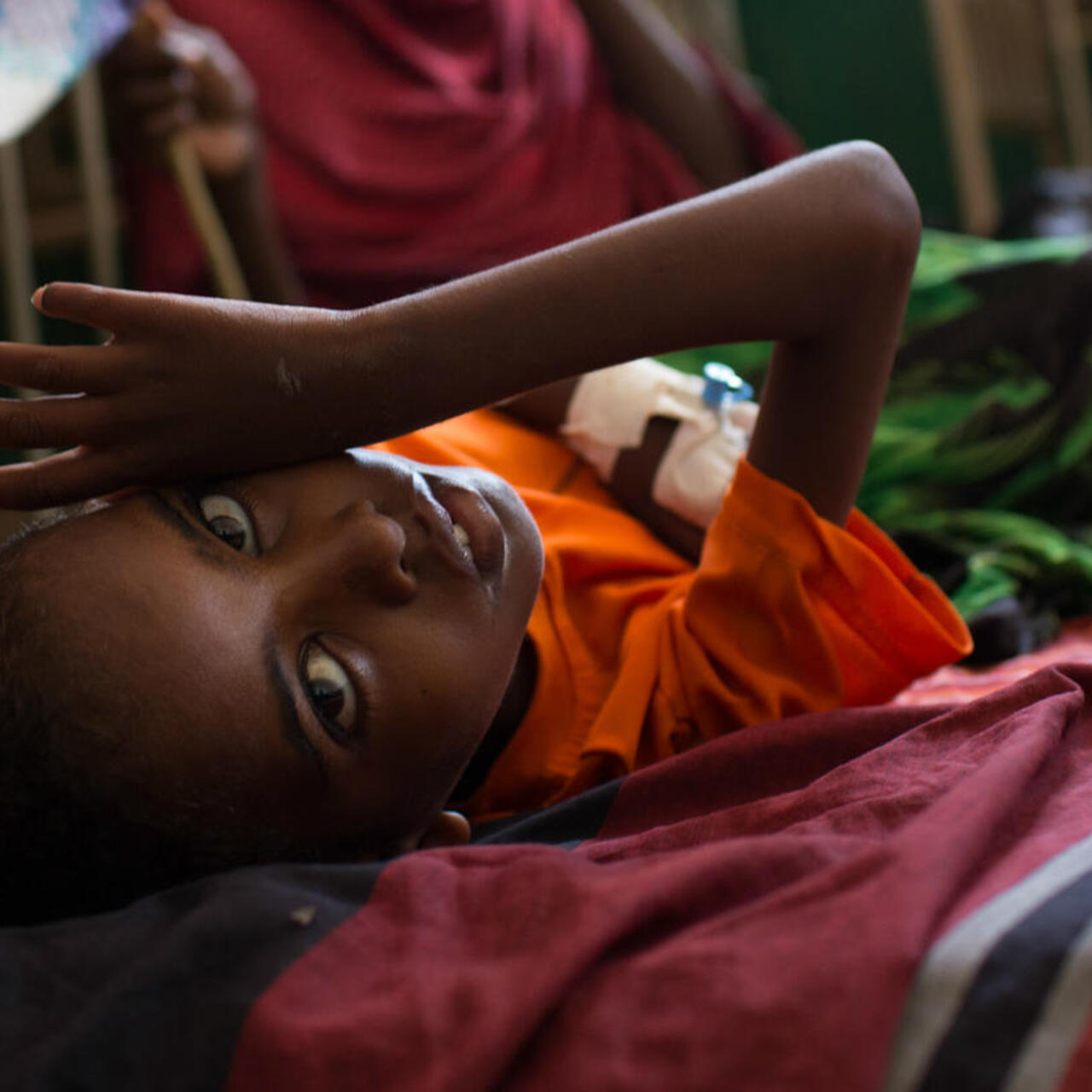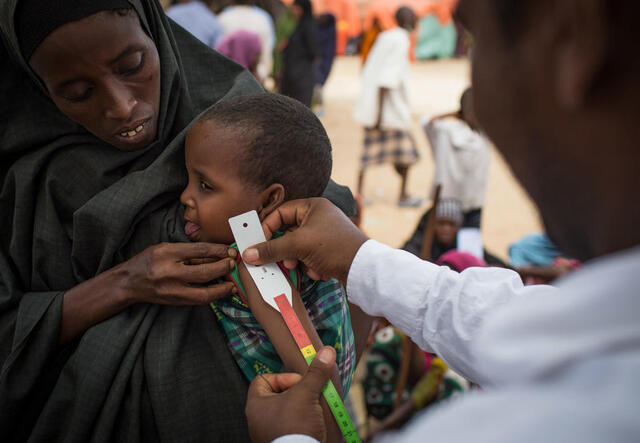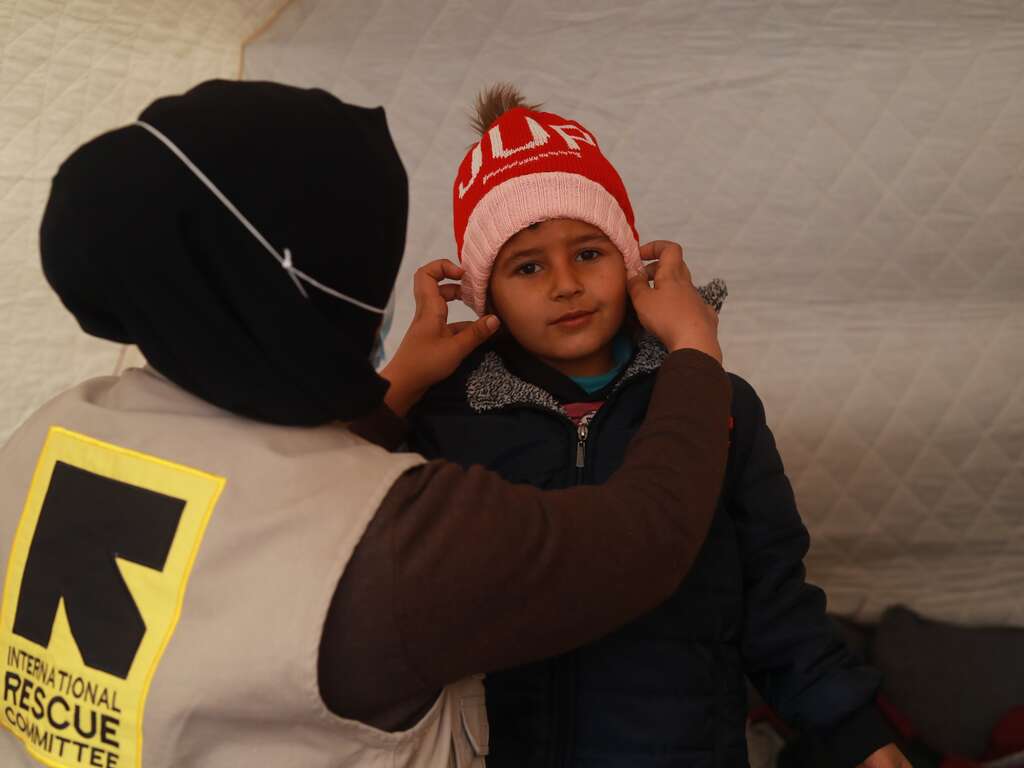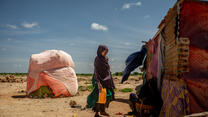
For the first time ever, the world is facing the very real possibility of not one, but four simultaneous famines—in South Sudan, Somalia, Nigeria and Yemen. Thirty million people are facing starvation and living on the brink of what could become the biggest humanitarian crisis of our time.
Famines are not a new phenomenon, but they are preventable.
So how are they still happening today? It’s time to take a closer look at what you think you know. Read our five facts:
Fact 1: Famine has nothing to do with having too many mouths to feed
Many people think that famine is a result of overpopulation. This common misconception dates all the way back to a 1798 essay in which the English philosopher Thomas Malthus argues that population growth will inevitability outpace available resources. “Gigantic inevitable famine … levels the population with the food of the world,” he wrote.
The reality is much more complicated: The semi-arid areas of South Sudan, Somalia and other East African countries that are now in the grip of famine are lightly populated compared to many other parts of the world. The solution has to do with early action—before an official famine declaration—to address and mitigate the true sources of hunger crises: conflict and drought.
Fact 2: Famine isn’t always caused by natural disaster
While the severe drought now sweeping across East Africa is making the situation worse, the hunger crisis in the region and beyond is actually man-made.
Violence and conflict in South Sudan and Somalia are cutting off supply routes, causing food prices to skyrocket and hampering the delivery of aid. In South Sudan, the world’s newest nation, five years of civil war have led to widespread hunger. Around half of harvests have been destroyed, food deliveries have been blocked, and aid workers have been attacked—leaving as many as a million people facing starvation.
Beyond East Africa, conflicts in Nigeria and Yemen have created famine-like conditions for millions more.
Fact 3: We need to act BEFORE famine is declared
The famine early warning system known as the Integrated Food Security Phase Classification, or IPC, looks for all three of these criteria to be met before it declares a food crisis “Level 5”— a famine:
1) 1 in 5 households in a certain area face extreme food shortages; and
2) more than 30 percent of the population is acutely malnourished; and
3) at least two of every 10,000 people die each day.
This means that by the time a famine is declared, as in South Sudan’s Unity State, people are already dying. For them, it is already too late.
What is even more worrisome is that there are many more areas that are already at Level 3 and 4 that need help right now. Without immediate humanitarian aid, these will grow to Level 5 and people will continue to die.
You may remember the last famine in Somalia, in 2011. The international community was too slow to respond, and over a quarter million people died unnecessarily—half of them before the famine was even declared.
We have been here before, and we can prevent this from happening again, but we must act now—before it is too late.

Fact 4: Famine is not just about hunger
A famine is not just about people dying of hunger.
Famine destroys futures. We know that malnutrition is deadly, especially in infants and young children, but those who survive may suffer long-term consequences to their health and development, never reaching their full potential.
Famine fuels violence and insecurity. Global threats like terrorism grow out of poverty and political and economic instability: Conflict spreads in famine areas and other places where resources are scarce and people can’t get enough to eat. People are displaced from their homes and lose their means of earning a living: This lack of opportunity is fodder for terrorist recruitment.
Famine destroys societies. We are at risk of losing an entire generation to starvation: children who are their communities’ best hope for a more peaceful and stable future.
Fact 5: We can stamp out famine
Hunger is actually the single biggest solvable problem facing the world today. But what needs to happen?
The member countries the United Nations relies on to fund its humanitarian appeals need to make ending hunger a priority. Famine is the price of their inaction. With more foreign assistance, an urgent response to famine early warning signs, and better access to people in need, we know that humanitarian aid can save millions of lives.
But we also know that we need to tackle the source of the problem. That means unless world leaders can muster the political will to stop the wars creating chaos and hunger today, famine will always loom in our future.
How the International Rescue Committee helps
In South Sudan, Somalia, Nigeria and Yemen, the International Rescue Committee is responding with nutrition stabilisation centres and mobile health clinics to reach the most vulnerable; and providing water and sanitation support and safety protection. Learn more about how we save lives.




